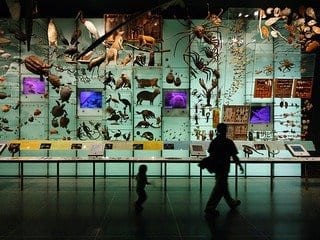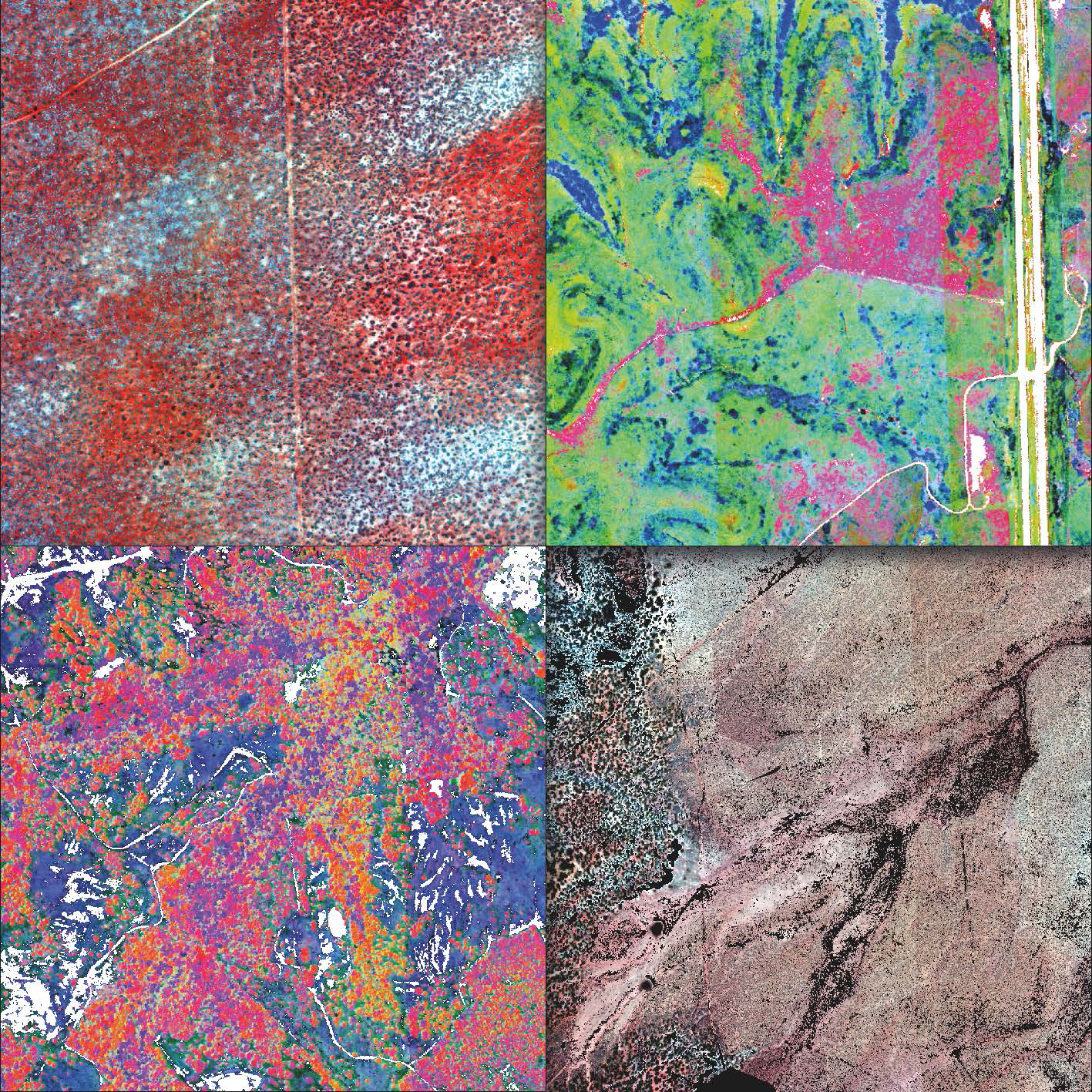
Reversing the increasing rate of global biodiversity losses may not be possible without embracing intensive, and sometimes controversial, forms of threatened species management, according to a New Zealand zoologist and colleagues writing in the leading international journal Science.
In a review article appearing in today’s edition, Professor Philip Seddon of the University of Otago and his co-authors examine the growing role that ‘conservation translocation’, which is the movement and release of plants and animals to re-establish new populations, is playing in efforts to combat biodiversity loss.
The researchers write that the traditional goals of “having self-sustaining wildlife populations within pristine landscapes untouched by human influence” are “increasingly unobtainable”.
They instead suggest that creating ‘wildness’ rather than restoring ‘wilderness’ is the most practical way forward. This ‘rewilding’ approach may involve translocations to restore ecological processes, such as predator-prey interactions, within landscapes shared by humans and wildlife.
Read more . . .
The Latest on: Conservation translocation
[google_news title=”” keyword=”Conservation translocation” num_posts=”10″ blurb_length=”0″ show_thumb=”left”]
via Google News
The Latest on: Conservation translocation
- Maharashtra to translocate tigers to Sahyadri reserve: Role of wildlife corridors in tiger conservationon May 7, 2024 at 7:02 am
Wildlife corridors are essentially habitats and pathways that connect wildlife populations, which are fragmented by human settlements and infrastructure works.
- UPSC Key | Artificial General Intelligence, Tiger translocation, India-Myanmar Relations and moreon May 6, 2024 at 5:00 am
How are Artificial General Intelligence and Tiger translocation relevant to the UPSC Exam? What significance do topics like India-Myanmar relations and Dengue have for the preliminary and main exams?
- Maharashtra gears up for tiger translocation to Sahyadri reserve in bid to revive numberson May 5, 2024 at 7:14 pm
The Maharashtra forest department is gearing up for translocation of a few tigers from the Tadoba-Andhari Tiger Reserve (TATR) in Chandrapur to Sahyadri, - ...
- Students learn science and conservation in a one-of-a-kind outdoor schoolon April 30, 2024 at 9:08 am
Springville, CA -- In the foothills of Tulare County, CA, SCICON welcomes students to learn the importance of science and conservation. SCICON, short for the Outdoor School of Science and ...
- Hyderabad: Tree near Lulu Mall translocated despite high risk during summeron April 26, 2024 at 7:46 am
While translocation is an acceptable tool for conservation, experts are questioning the timing of the exercise, given the fact that at present Hyderabad is sweltering under a temperature of nearly 44 ...
- Chromosomal Translocations in Patients with Mongolism and in Their Normal Relativeson April 25, 2024 at 5:00 pm
In almost all these, karyotype analyses have revealed the probable presence of a translocation, usually between chromosomes 14 or 15 and 21 2–4 but in some cases between 21 and 22. 3,5 In the ...
- Hunting and fishing are truly conservation in Americaon April 23, 2024 at 5:00 pm
The North American model of wildlife conservation is founded on a simple principle ... The 24 Lions initiative was the largest successful lion translocation in the world’s history and made headlines ...
- Prioritizing protection of Yangtze's 'smiling angels'on April 18, 2024 at 8:54 am
in-situ conservation, translocation conservation and artificial breeding. Translocation conservation, which involves establishing translocated conservation areas in bodies of water with ecological ...
- Quick! Someone Get This Book a Doctor.on April 17, 2024 at 5:00 pm
Inside the book conservation lab at the Metropolitan Museum of Art. Credit... Supported by By Molly Young Photographs and Video by Nicholas Calcott Not every workplace features a guillotine.
- Nagzira tigress who lost tracker collared againon April 16, 2024 at 1:11 am
born to Tadoba National Park's dominating tigress Roma (T-114), from Katezari to Navegaon-Nagzira Tiger Reserve (NNTR), under the conservation translocation project. They were apprehensive the ...
via Bing News










